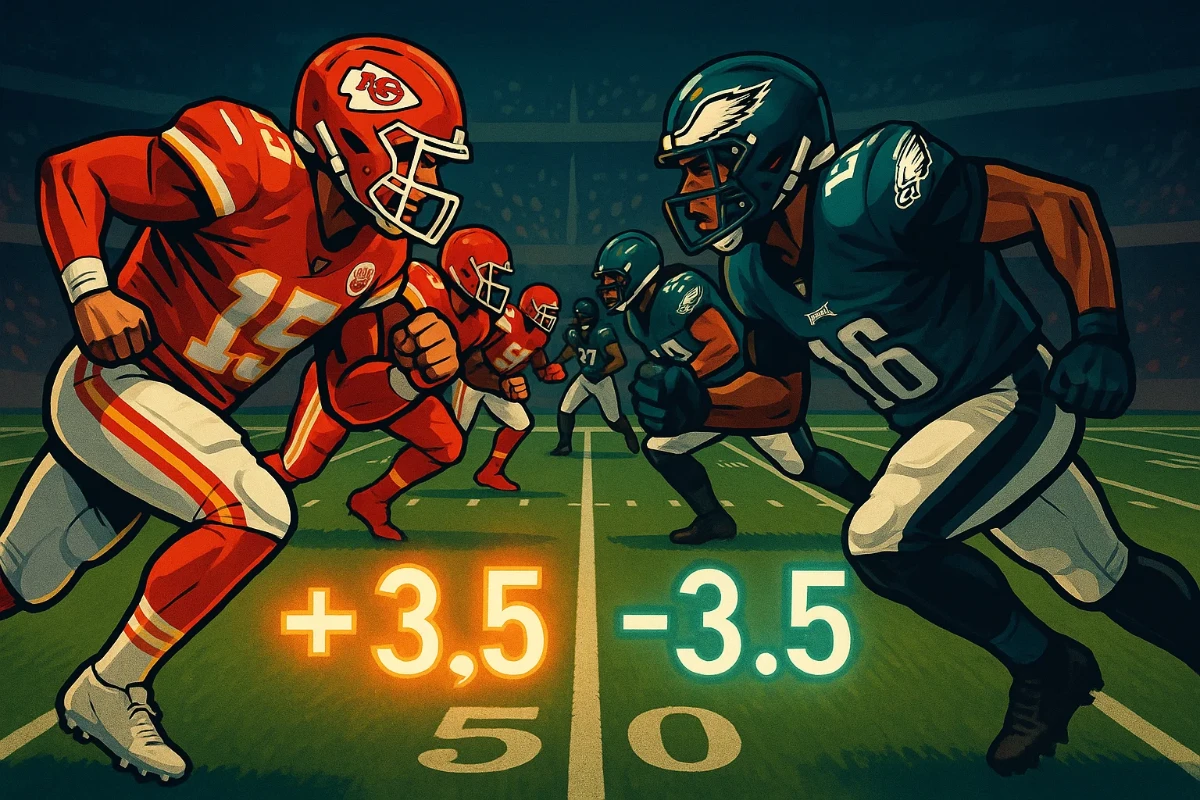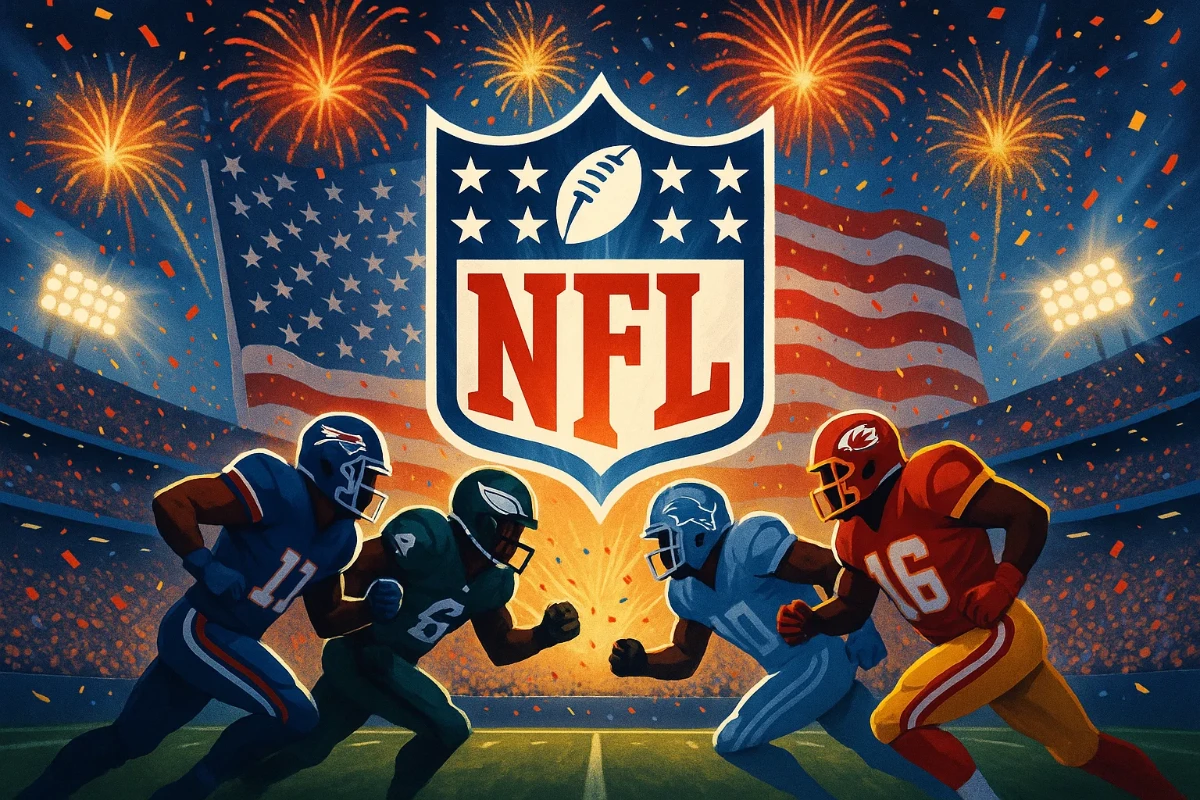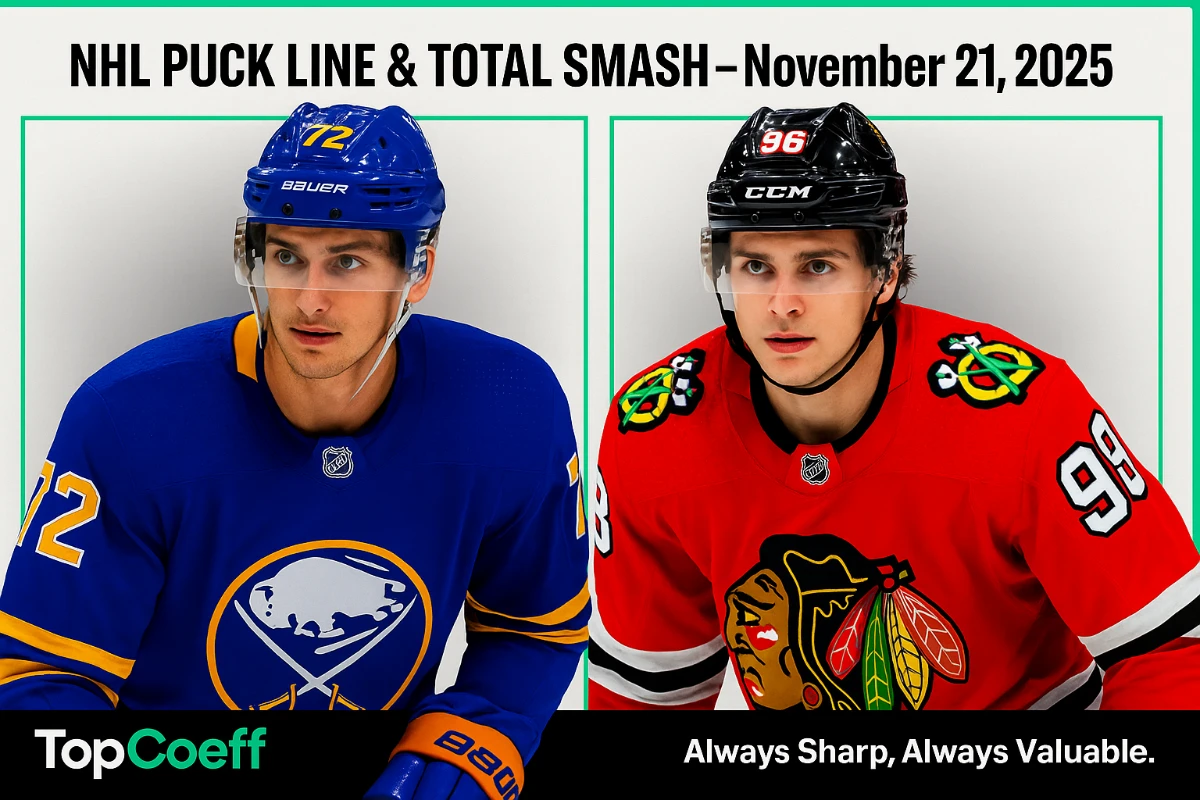The point spread is the backbone of NFL sports betting. It is the great equalizer that allows bettors to back either team in a matchup, even when talent gaps are huge. Understanding how spreads work — and applying that knowledge to the Super Bowl — is essential for both beginners and experienced punters.
Let’s take a classic example. If the Kansas City Chiefs are favored against the Philadelphia Eagles, bookmakers might set the line at Chiefs -3.5. This means a moneyline wager on Kansas City requires them to win by four or more points for the bet to cash. If they win by just a field goal, Eagles +3.5 bettors win their spread betting ticket.
Super Bowls often feature sharp line movement. Injuries, weather, or even public hype can shift betting lines dramatically. A line may open at -2.5 and close at -4.5 if the public pounds the favorites. This creates opportunities for sharp bettors to find value picks early in the week.
Beyond spreads, punters explore other wagering options: player props, totals, or even exotic Super Bowl markets like “first player to score.” These can be combined in a parlay for massive payouts. Still, disciplined bankroll management remains crucial. The Super Bowl’s spectacle tempts many into reckless betting, but successful bettors stick to strategy, using match previews and data-driven betting tips.
Super Bowls are legendary not only for football but also for sports betting culture. From Las Vegas to online sportsbooks, millions of betting slips are placed each year. Whether you’re backing the underdog to cover the spread or riding the favorite in a moneyline bet, knowing how the point spread works is the foundation of NFL wagering.



